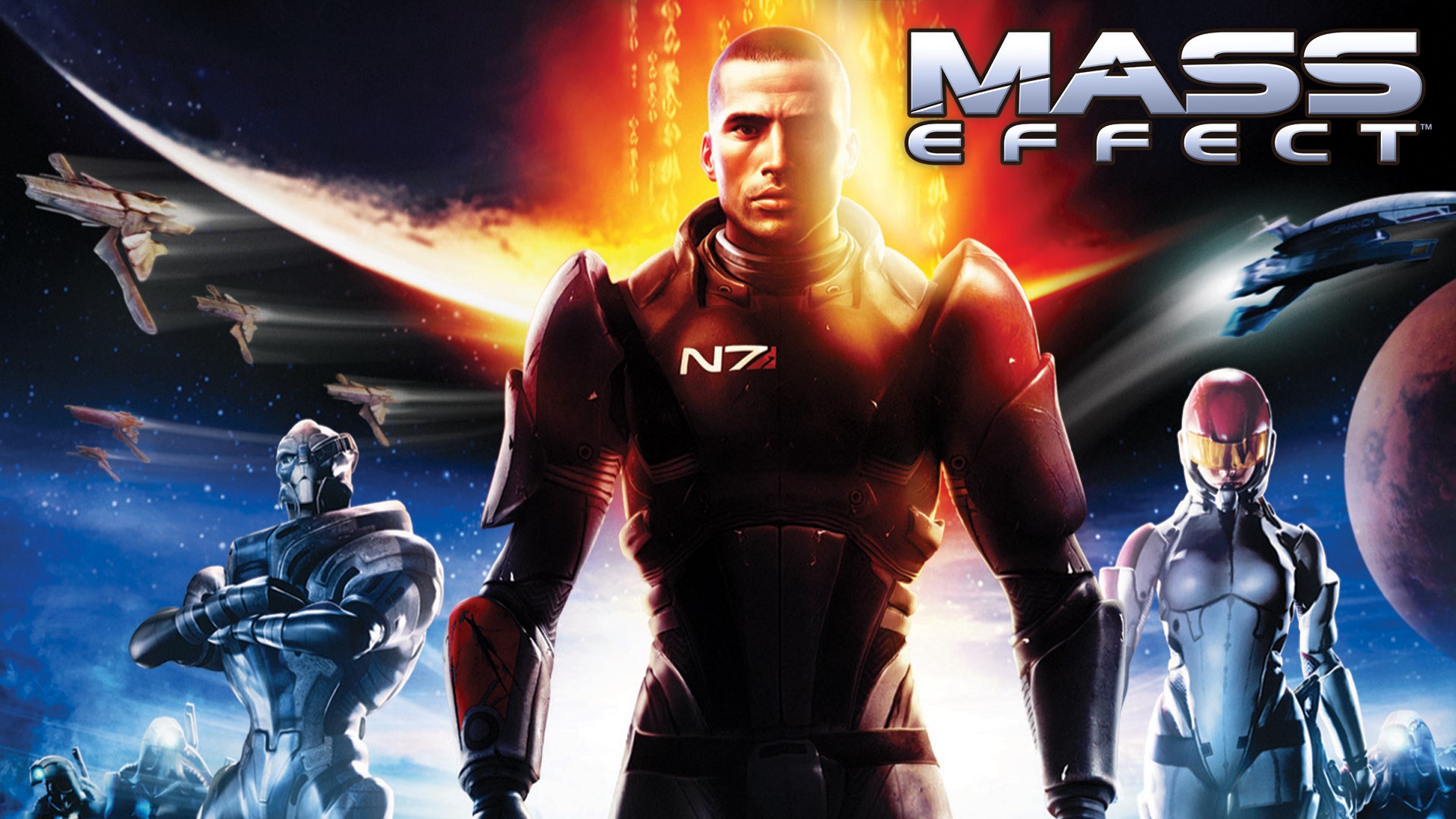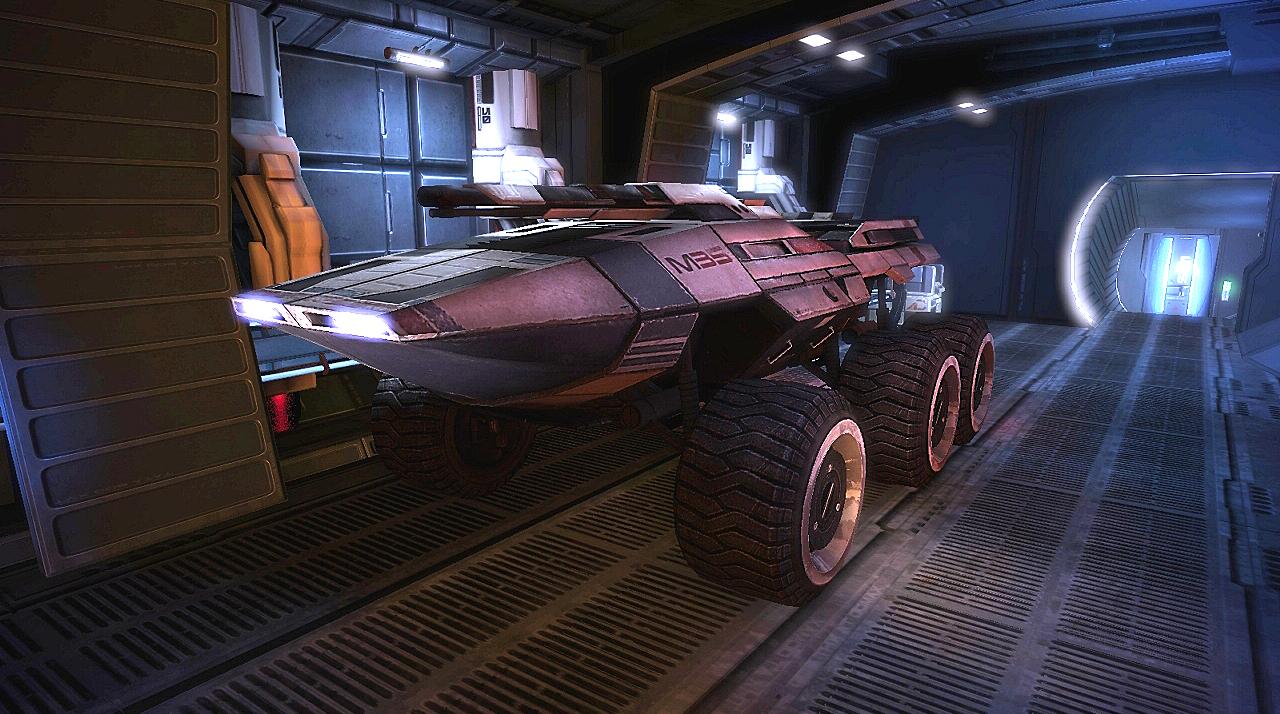Mass Effect trilogy remaster: 5 things we want to see
Opinion: Upgrades that would stop the original Mass Effect trilogy from Gething on your nerves

A Mass Effect Trilogy remaster looks more likely than ever, with a series of rumors and tie-in media product pre-orders pointing towards the return of the sci-fi soap opera epic. BioWare’s trilogy is considered some of the finest science fiction not only in gaming, but in any medium, and it's been languishing in limbo since the lukewarm reception to Mass Effect: Andromeda.
Remastering a classic is no easy task, especially one that spans three games, each with significant gameplay revisions, despite telling one continuous story. But with the original game now nearing 15 years old, there are some simple improvements that can be made that would help make it more accessible and enjoyable for current-gen players.
Note: For those that have never played the Mass Effect Trilogy before, well, firstly, shame on you, and secondly, beware that there are some significant spoilers ahead.
- PS5 vs Xbox Series X: how do the consoles compare?
- Phone a friend: best co-op games
- 10 cross-play games to play across PS4, Xbox One, PC and Nintendo Switch
Restored cut content
The Mass Effect Trilogy is huge – you’re looking at at least 75 hours of gameplay to speed through the games, and easily more if you take your time. But did you know the games were intended to be considerably longer in some sections? As well as including all the (mostly excellent) DLC, we’d love to see some of this removed content restored in a remaster.
What was cut? Well, Mass Effect 2 would have included a conversation between Grunt and Mordin regarding the genophage that would have underpinned Mordin’s eventual sacrifice, while the superb Lair of the Shadowbroker DLC would have been an integrated storyline rather than a DLC add-on. Mass Effect 3 would have had an expanded opening with Shepard on trial for the decisions made in previous games.
While a general sprucing up would be appreciated, getting access to these never-before-seen elements would give even hardcore fans a reason to double dip.

4K textures and animations overhaul
This one goes without saying. The original Mass Effect was gorgeous upon release, but in an age of 4K visuals and HDR technology, it’s showing its age since first appearing in 2007. With new console hardware on the horizon, it’d be the fitting time to give Mass Effect the space-aged overhaul it deserves. Ray-tracing lens flare for all!
Get daily insight, inspiration and deals in your inbox
Sign up for breaking news, reviews, opinion, top tech deals, and more.
What’s perhaps even more important would be some animation improvements, especially again for the first game. Some of the models have a mannequin-like quality, and with today’s improvements in motion capped performances, they don’t hold up so well. Which is a shame, as the voice acting accompanying them remains some of the best in the business.

Combat and UI improvements to Mass Effect 1
As you can see, a trend is developing here – as you’d expect, it’s the older Mass Effect 1 that needs the most work. A gunplay-based action RPG was a revelation back in 2007, taking literal cover was the focus over casting a magical defence shield.
But time has not been kind to Mass Effect’s gunplay. Though the second and third games improved on this aspect (largely by doing away with the game’s RPG trappings), the first feels weak and spud gun-like. The first game also has one of the most criminal inventory interfaces in gaming history, requiring you to scroll through pages and pages of cookie cutter loot with little way of speeding up the process. Porting some of the improvements made by the time of Mass Effect 3’s release to the original game would help the consistency of the trilogy hugely.
Also, native gamepad input for PC without the need for mods would be appreciated, too.

Improved vehicular action
Mass Effect lets you sometimes touch down on planets of uncharted worlds and go exploring. You do this in an exo vehicle called the Mako. The Mako is bad.
What should be a cool experience, essentially driving a tank on the moon, is more like to trying to skid a block of butter in a controlled way across an ice rink. The thrill of landing on an unknown world is undermined by the fear of driving off a cliff or getting stuck on the terrain.
Some would rather these sequences were cut altogether, but I still remember the thrill of driving to the rachni hive in the first game, blasting enemies as I raced to save the day. That with a modicum of control would be superb.
A(nother) revised ending for Mass Effect 3
Now, we don’t want to add too much to the dormant discourse around whether Mass Effect 3’s ending was worthy or not. For those unaware of the situation, Mass Effect 3’s ending was seen by many as a bit of a damp squib, petering out with a final morality decision that had none of the depth of the earlier choices the game had you make. And then, the consequences of that decision played out so ineffectually that it undermined the great three-part epic that had preceded it.
OK, so maybe the ending was bad. But that didn’t justify the hate campaign that developers BioWare endured, forcing them to revise their original vision for an expanded ending. It set a bad precedent for many games that followed, with devs under immense pressure to cave to angry internet audiences.
But a bit more spit and polish on the Mass Effect 3 ending wouldn’t go amiss – if ever a game deserved a meaty epilogue after dozens of hours of play it was Mass Effect 3. To be able to experience the aftermath of your final choice would have really capped off a monumental trilogy.
Loading screen improvements
No one likes loading screens, but Mass Effect had an ingenious way of hiding them. You'd enter elevators, which would take an interminably long time to reach their destination while loading happened in the background. But BioWare had a smart way of making this palatable, by having a few bantering exchanges with your crew mates and radio reports as these veiled loading sections occurred.
I'm not saying drop the elevators – they're part of Mass Effect's magic by this point. But perhaps just cut them to the bare minimum needed to have the conversations take place, and let us enjoy the benefits of super-speedy SSD loading times otherwise!.
- Sign up for our newsletter to get breaking news, reviews, features and more
Gerald is Editor-in-Chief of iMore.com. Previously he was the Executive Editor for TechRadar, taking care of the site's home cinema, gaming, smart home, entertainment and audio output. He loves gaming, but don't expect him to play with you unless your console is hooked up to a 4K HDR screen and a 7.1 surround system. Before TechRadar, Gerald was Editor of Gizmodo UK. He is also the author of 'Get Technology: Upgrade Your Future', published by Aurum Press.
